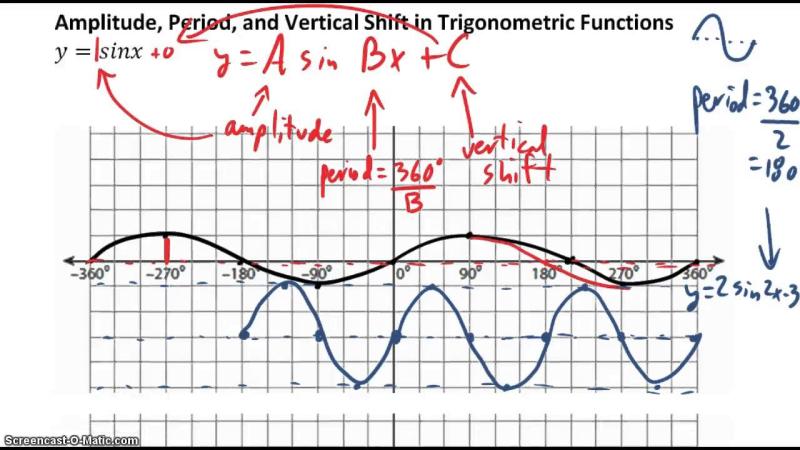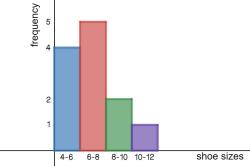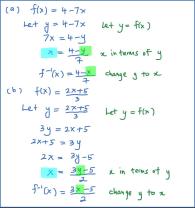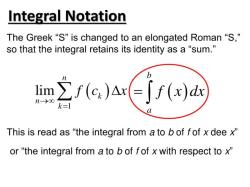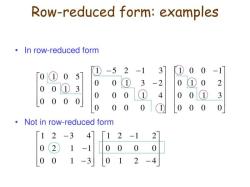How to find the phase shift of a tangent function?
The phase shift of a tangent function, or any trigonometric function, refers to the horizontal shift of the graph along the x-axis. For the tangent function, which is periodic with a period of π (or 180 degrees), the phase shift is determined by a horizontal translation along the x-axis.
The general form of the tangent function is:
- represents the amplitude.
- is the coefficient that affects the frequency of the function.
- is the phase shift, which moves the graph horizontally.
- is the vertical shift or the vertical translation.
To find the phase shift () for the tangent function:
Set the Argument of the Tangent Function Equal to Zero:
- Set the expression inside the tangent function () equal to zero.
- Solve for . This gives you the value where the function starts its typical pattern along the x-axis.
Express the Argument of the Tangent Function in the Form :
- The phase shift () is typically in the form of . To isolate , rearrange the equation so that the argument of the tangent function (without the coefficient) is equal to .
Identify the Phase Shift :
- The value obtained in step 1 provides the initial shift of the tangent function along the x-axis. This value represents the phase shift ().
For example, if you have a function , the phase shift is . This means the tangent function starts its pattern units to the right of the typical origin (0, 0).
Understanding and identifying the phase shift is crucial for accurately graphing trigonometric functions and understanding their behavior in relation to the x-axis.
Phase Shift in Tangent vs. Other Trigonometric Functions
1. Differences:
- While all trigonometric functions can exhibit a phase shift, the impact of the phase shift manifests differently for each function.
Sine and Cosine:
- A phase shift in sine and cosine functions results in a horizontal movement of the graph along the x-axis.
- A positive shift moves the graph to the left, while a negative shift moves it to the right.
- The amplitude and period of the graph remain unchanged.
Tangent and Cotangent:
- A phase shift in tangent and cotangent functions also results in a horizontal shift, but it occurs relative to the asymptotes of the function, not the origin.
- Additionally, the phase shift affects the intercepts of the function, causing them to occur at different points on the x-axis.
2. Factors Influencing Phase Shift:
The phase shift of a tangent function is influenced by the following factors:
- Argument: The variable within the tangent function, often represented by "x."
- Phase Shift Constant (C): This constant is added to the argument within the tangent function.
- Direction of the Shift: The sign of the phase shift constant determines the direction of the shift.
- Positive C: Shifts the graph to the left.
- Negative C: Shifts the graph to the right.
Formula:
The general formula for the phase shift of a tangent function is:
y = tan(Bx + C) + D
where:
- B is the frequency or scaling factor.
- C is the phase shift constant.
- D is the vertical shift constant.
Impact of Phase Shift:
- The phase shift affects the x-intercepts of the tangent function, moving them by the same amount as the shift.
- The phase shift does not affect the period, amplitude, or vertical asymptotes of the tangent function.
Understanding the differences in phase shift between tangent and other trigonometric functions is crucial for analyzing and interpreting their behavior.
